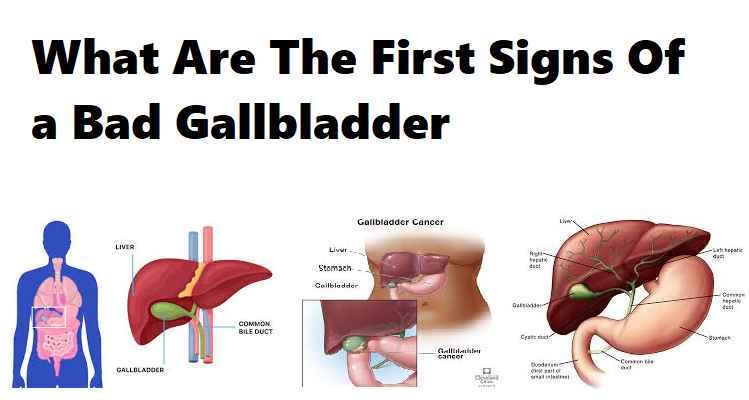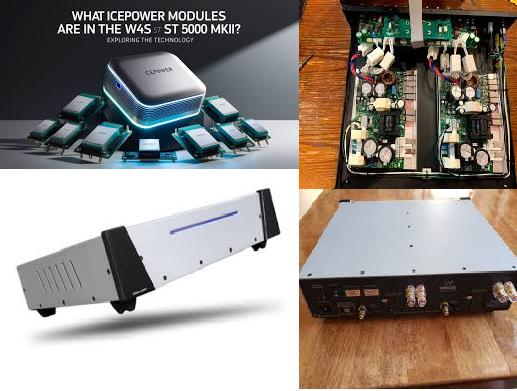Gallbladder issues often begin with subtle symptoms that gradually become more pronounced. The gallbladder is a small organ located beneath the liver, responsible for storing bile, which helps digest fats. When the gallbladder is inflamed or blocked by gallstones, it leads to a range of symptoms that signal potential trouble.
What are the First Signs of a Bad Gallbladder?
The first signs of a bad gallbladder typically include:
- Abdominal pain: This is usually felt in the upper right part of the abdomen and can radiate to the back or right shoulder. The pain can last anywhere from a few minutes to several hours.
- Bloating and gas: After eating, especially fatty foods, you might feel bloated or experience excessive gas.
- Nausea and vomiting: Digestive discomfort and nausea are common when the gallbladder is not functioning properly.
- Indigestion: Repeated bouts of indigestion or heartburn, especially after meals, can be a sign of gallbladder problems.
How Do You Confirm Gallbladder Issues?
To confirm gallbladder problems, doctors use various diagnostic methods, including:
- Ultrasound: The most common imaging test to detect gallstones and inflammation.
- HIDA scan: A hepatobiliary iminodiacetic acid scan tracks the flow of bile through your system to check gallbladder function.
- Blood tests: These can identify signs of infection or bile duct blockage.
- CT or MRI scans: These imaging tests may be used for more detailed views of the gallbladder and surrounding areas.
What Does Bad Gallbladder Poop Look Like?
Changes in bowel movements are often linked to gallbladder issues. People with gallbladder problems may notice:
- Pale or clay-colored stools: This occurs when bile flow is obstructed, leading to a lack of bile in the intestines.
- Greasy or fatty stools: The inability to properly digest fats due to bile deficiencies can cause stools to appear oily or greasy.
- Loose stools: Some individuals experience diarrhea, especially after eating fatty meals.
How Do I Make Sure My Gallbladder is Healthy?
To maintain a healthy gallbladder:
- Eat a balanced diet: Focus on high-fiber foods such as fruits, vegetables, and whole grains while avoiding excessive fats and processed foods.
- Exercise regularly: Staying active helps maintain healthy digestion and reduces the risk of gallstones.
- Stay hydrated: Drinking plenty of water supports bile production and helps prevent gallstones.
Does Gallbladder Cause Gas?
Yes, gallbladder issues, especially when the organ isn’t properly releasing bile, can lead to gas and bloating. After consuming fatty or rich foods, you might experience discomfort as the digestive system struggles to break down the fats without sufficient bile.
How Can I Clear My Gallstones Naturally?
While medical treatments are often necessary, some natural methods may help reduce gallstones:
- Apple cider vinegar: Drinking a mix of apple cider vinegar and warm water is thought to help soften gallstones.
- Lemon juice: The citric acid in lemons may help dissolve stones and improve bile flow.
- Herbal remedies: Milk thistle and dandelion root are often used in herbal medicine to support gallbladder health.
Is Hot Water Good for Gallbladder Stones?
Sipping on warm or hot water, especially with lemon, may help stimulate bile flow and ease digestive discomfort. However, while it might alleviate symptoms temporarily, it won’t directly eliminate gallstones.
What is the Fastest Way to Relieve Gallbladder Pain?
To quickly relieve gallbladder pain:
- Apply heat: A warm compress can soothe abdominal discomfort.
- Drink peppermint tea: Peppermint may help relax the gallbladder and ease pain.
- Over-the-counter pain relievers: Ibuprofen or acetaminophen can help reduce inflammation and pain.
What Food Melts Gallstones?
Certain foods may help manage gallstones naturally:
- Vegetables and fruits: High-fiber foods like leafy greens, apples, and pears support digestive health.
- Healthy fats: Small amounts of healthy fats, like those in olive oil or fish, can promote bile flow.
- Turmeric: Known for its anti-inflammatory properties, turmeric might help support gallbladder function.
What is the First Stage of Gallbladder Issues?
The first stage of gallbladder disease often involves silent gallstones, which may not cause symptoms initially. Over time, the stones can obstruct bile ducts, leading to pain and other digestive issues.
What Age Does Gallbladder Disease Occur?
Gallbladder problems are most common in adults over the age of 40, although they can occur at any age. Women, especially those who are pregnant or have a history of rapid weight loss, are at a higher risk.
Where is Gallbladder Pain Felt?
Gallbladder pain is typically felt in the upper right abdomen, below the ribs. It can radiate to the back or right shoulder blade, and the intensity often increases after eating fatty meals.
When Do Gallbladder Attacks Start?
Gallbladder attacks usually start after a heavy, fatty meal when the body needs extra bile for digestion. Pain may begin suddenly and last for several hours, often occurring at night.
What are the First Signs of Having Gallstones?
The first signs of gallstones include:
- Intermittent pain: This occurs in the upper right abdomen, known as biliary colic.
- Indigestion and bloating: Difficulty digesting fatty foods is common.
- Nausea: Gallstones can cause discomfort after eating.
By paying attention to what are the first signs of a bad gallbladder and seeking timely medical care, you can effectively manage symptoms and maintain gallbladder health.
Read more :
1= https://rapidurlindexer.net/blogs/what-are-the-first-signs-of-covid/
2= https://rapidurlindexer.net/blogs/what-is-the-official-7-wonder-of-the-world/
3= https://rapidurlindexer.net/blogs/how-do-gallbladder-symptoms-start-2/



